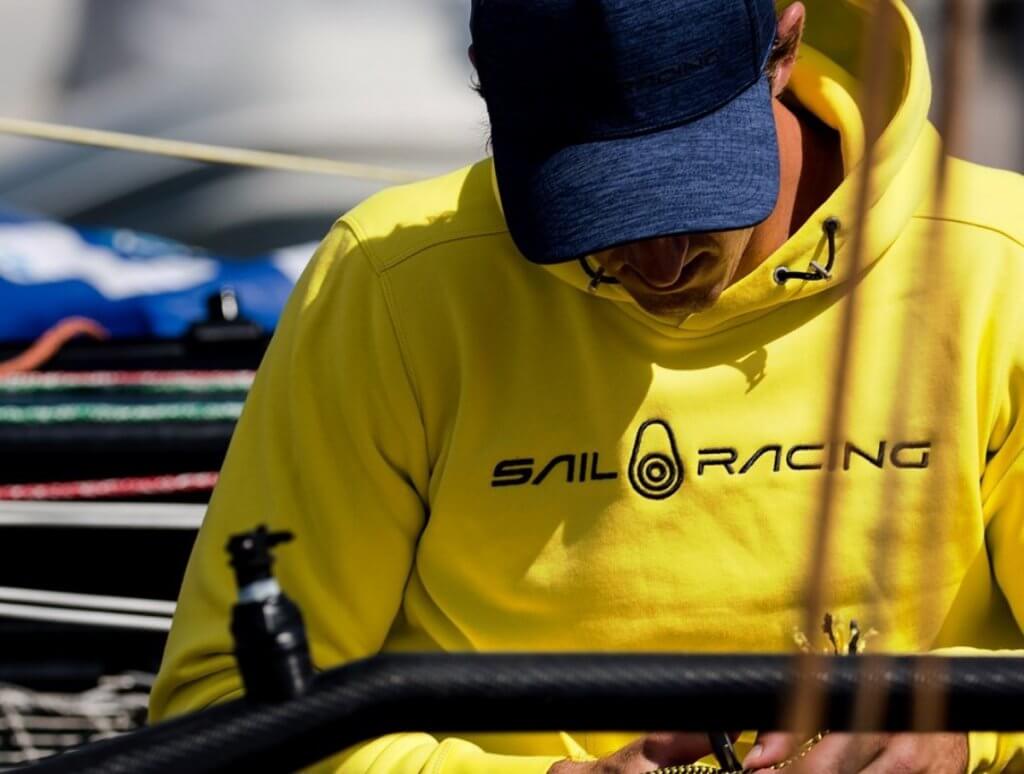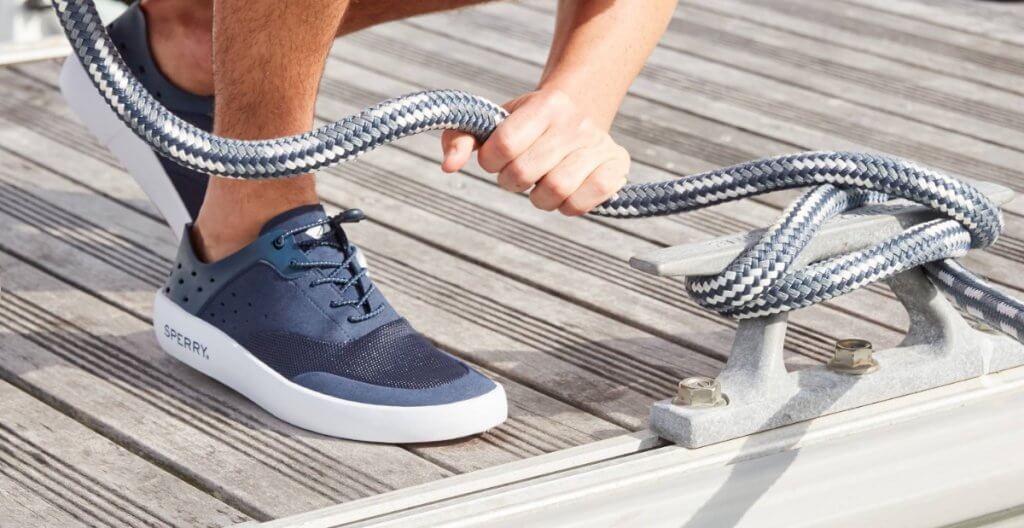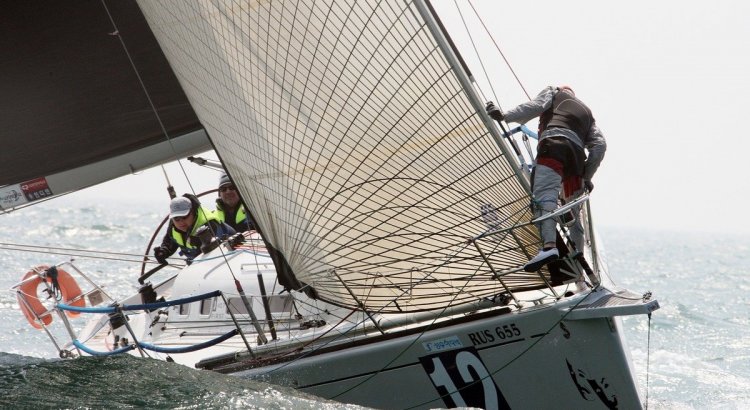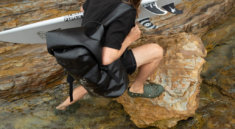The importance of proper sailing gear cannot be overestimated.
To an uninitiated person, it may seem at first glance that the clothes worn by yachtsmen are not much different from any other sports equipment. But in fact, this is not so at all. And even those who do not sail professionally, but just occasionally sail for their own pleasure, know well how important it is to choose the right equipment. Fortunately, today it is not at all difficult, thanks to a wide choice.
Some of the marine clothing manufacturers have been working in this direction for a long time. Well, since the popularity of sailing is growing day by day, it is not surprising that more and more new brands appear on the market, the founders of which are directly connected with the sea. So, popular brand Gill Marine appeared thanks to the efforts of a professional yachtsman Nick Gill, who has been riding dinghies since childhood. Also today, online stores are appearing more and more actively, which sell exclusively specialized marine clothing.
In this material, we will consider only general provisions, briefly talk about what clothes should be and what to look for when choosing. We will not touch on professional topics, since experienced yachtsmen do not need such analyzes and they themselves know perfectly well what to wear and when.
Layering and security are the basic rules for clothing
Sailing is allowed only in windy weather. But the stronger the wind, the colder we get. Well, when it's really windy and wet, it gets really cold. In other words, what you wear should provide good protection from cold and moisture. In addition, clothes for staying on board should not be too light (will quickly get dirty) or sewn from thin fabrics (quickly torn). That is, far from everything that most people have in their wardrobe will do, special things are needed.
Gone are the days when the choice of fabrics was limited, in fact, to one canvas. Nowadays, both natural and specially created artificial materials are actively used. The things created from them are distinguished by practicality, convenience and attractive appearance. They will protect the body from the cold and the scorching sun, allowing you to get the most out of sailing. Modern technologies make it possible to create materials that allow the body to "breathe" and at the same time do not let moisture through.

The most important thing for yachting clothes is layering. And there should be three layers - base, medium (insulating) and waterproof. Naturally, for a weekend cruise in sunny weather in a warm region, this rule can be neglected. But on a long journey, you can not forget about it. In conditions of cold and high humidity, this approach will be a real salvation. Layering will save you in strong winds and waves, and when weather conditions improve, the top layer can be easily removed so as not to overheat.
By the way, experienced yachtsmen advise not to remove the far removed top layer. After all, the weather can change at any moment and you need to be able to quickly put everything back on.
The base layer is adjacent to the body, it should be thermal underwear. It is important to choose the right size here, things should not be tight or too loose. The middle layer is made up of garments usually made of fleece (although other fabrics are sometimes used), which are warm, soft, comfortable and dry quickly. As for the third layer, we are talking about such wardrobe items as a jacket with a hood, pants or overalls made of membrane fabric.
At the same time, solutions can be found on sale for both amateurs who only occasionally sail, and for professional athletes. They differ in workmanship, ability to withstand loads and, of course, cost.
Clothing is produced for both men and women, the creation of which takes into account all the features of the anatomy. And of course, on sale you can also find children's clothes that are technically not much different from adult models, just smaller in size.
By the way, when going on a trip to the warm seas, do not forget to take swimming trunks or a swimsuit with you. If the trip will take place in not so pleasant conditions, we recommend that you definitely grab a warm sweater. Experienced yachtsmen know well how nice it is to take off wet clothes, put on such a cozy knitted jumper and drink a cup of something hot.
Regular deck shoes? Of course not!
The use of regular shoes on deck is strongly discouraged. It is necessary to purchase special models that have a special non-slip sole that does not collect sand when walking on the shore. These shoes will provide you with stability, and therefore safety. In addition, if you are participating in a competition, it is especially important to feel confident.
We also add to this the specially processed materials, because such shoes are constantly in contact with water. And if in the case of rubber boots everything is clear, then when creating deck shoes, things usually cannot do without special impregnations.
Speaking of deck shoes (or topsiders). For the first time such shoes appeared in 1935, it was created by the American Paul Sperry, who himself was a passionate yachtsman. Legend has it that the inventor drew attention to the special structure of the paws of his dog, thanks to which the animal did not slip on the slippery pavement. After a lot of experimentation, Paul was able to develop a sole with a special pattern that was equally well suited for use on shore and on board. Subsequently, many other similar solutions appeared, but they were all created according to similar principles.
In addition to topsiders, more suitable for warm weather, are also actively used yacht sneakers. They have a higher sole and cover the foot better. To create them, not only leather is used, but also all kinds of "synthetics". Perhaps this type of footwear is by far the most popular among yachtsmen.

Yachtsmen also use boots made of rubber or leather (the latter are more comfortable, but also noticeably more expensive). But these are already shoes for competitions or long and difficult voyages, during which it is important to keep the body as warm as possible in a stormy sea.
Deck shoes are something you can't skimp on. It should be comfortable, easy to put on and take off, not press or rub. Good ventilation is also important. Properly selected shoes can be freely worn on a bare foot and not experience any discomfort. The main requirement for such footwear is maximum comfort and the ability not to slip on a wet deck, wooden or plastic. If desired, it can be used for everyday wear. But it’s better to have an additional “land” pair on hand.
Variety of accessories. Don't forget socks and sunglasses
As for accessories, any self-respecting yachtsman who goes on a long trip must have waterproof socks in his wardrobe. Ordinary cotton ones are not suitable because they absorb water very quickly and then dry poorly.
Mandatory accessories also include sunglasses with polarized lenses and a safety strap (the most advanced models are equipped with several sets of glasses designed for different weather conditions). There are solutions large enough to be worn over regular glasses. If it is not possible to purchase a specialized model, then buy at least ordinary dark glasses, they will definitely not be superfluous on board.
Interestingly, some brands make sunglasses for yachtsmen not from plastic, but from bamboo and other natural materials. The fact is that these accessories are often washed overboard. And the use of environmentally friendly materials means that sea waters will not once again become clogged with plastic, which is already enough there.

Do not forget also about the headdress, which is especially important if you have long hair that can get tangled in the elements of the equipment. The type of headgear depends on weather conditions and swimming goals. So, for a short cruise on a warm day, an ordinary panama or baseball cap may well be enough. Strong excitement requires the obligatory presence of a special hood, which gives good protection, but does not block the view.
Gloves are required to protect fingers and palms when working with ropes. They should sit securely on the hand and provide high-quality grip with the ropes. The length of the fingers is determined by the purpose of the gloves. So, to work with winches, you need models with shortened fingers. But at the same time, it is better that two of the three phalanxes are closed, otherwise the protection will be insufficient.
It is also important to choose the right backpack or bag to carry luggage. It is important that when empty they take up a minimum of space and are waterproof. Hard suitcases are a real nightmare for any sailor.
Accessories should also include all sorts of small rubbish, such as protective covers for equipment, watches, hygienic lipstick, sunscreen, etc. But this doesn't apply to clothing.
Sea and fashion
The influence of fashion on the world of marine clothing is not yet too strong. And although some things can sometimes have bright and unusual colors, prints and styles, still much more attention is paid to practicality and convenience than “glamour”.
However, as we noted above, the popularity of yachting is growing. So, we should expect the appearance of more and more interesting things, the creators of which will be able to combine the desired functionality with an unusual appearance. But one should not expect the appearance of completely non-standard things either, nevertheless the sea dictates its own laws.

However, we should not forget that we are now talking about clothes for active yachting and sailing. But there is also a whole “layer” of clothing designed specifically for relaxing on board. Designer brands such as Chanel, Versace, Louis Vuitton, Dior and Ralph Lauren each season present "cruise collections”, which are based on marine motifs. This is a great solution for those who want to have a great time on board a superyacht. But such clothes are only indirectly related to sailing.
Which brands to choose from?
We have already mentioned the Gill brand earlier. But, of course, the matter is not limited to them. Here you should definitely mention such well-known British brands as Musto, Henri Lloyd and Dubarry. Equally popular are brands such as Helly Hansen from Norway, Sperry from the USA, Sail Racing from Sweden and Zhik from Australia.
The list goes on. After all, there are manufacturers of yachting clothes in many countries today. Some of them are limited only to yachting goods, but also produce a wide range of other sporting goods. Each of them has unique solutions that surpass the creations of competitors. It is impossible to single out any one brand.
There are many specialized online stores dealing exclusively with clothing and accessories for water sports. We will definitely make a special selection of such marine-themed stores and the most popular products in one of the following publications.





